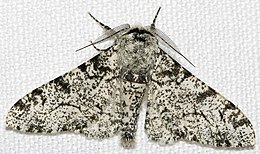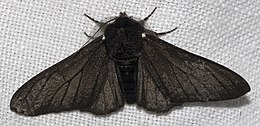I won’t get into this in detail, in part because I wrote about it in my paper The evolution of complex organs in the special issue of Evolution: Education and Outreach about eyes.
It seems the most recent analogy drawn by anti-evolutionists to support the idea of irreducible complexity is a bicycle — yeah, a unicycle works but a bicycle missing a wheel doesn’t, therefore it’s irreducibly complex. You can find out more at The Loom, where Carl shows people riding single-wheel bikes.
I am only weighing in because the discussion seems to be overlooking an important point about exaptation/co-option: the function need not be the same in both instances. So, although riding a bike with one wheel the way you would ride a two-wheeled bike a la wheelie is fine to show that it wouldn’t be totally non-functional, an even more relevant counter-example would involve a bicycle with one wheel that worked well for some other role.
Voila.
This is just the first single-wheeled, functional-for-something-different, co-option example I found. This actually involves one shift and one addition of function. Loss of wheel to make it useful for exercise indoors, then addition of other parts to run a laundry machine. Of course, modern stationary bicycles used for exercise are more specialized, but you can still find gear to convert a normal bicycle into a stationary one, sometimes by taking off the front wheel.
So, basically, bicycles with one wheel provide a very nice illustration of how co-option with shift in function can and does work.






